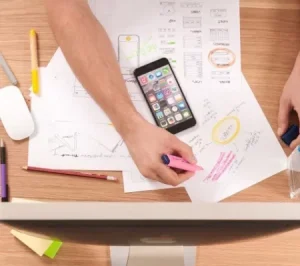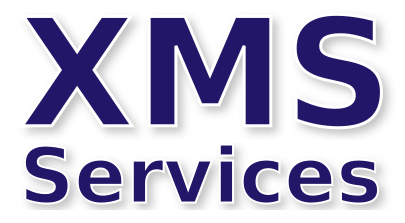Good Web Design
There are lots of examples of poor web design on the internet which is why you should hire a professional designer to build yours.

Good web design needs to balance four things: Style, Performance, Navigation and Search Engine Ranking. Your content is a given.
Your web design must achieve the primary goal of your website. So whether the goal of your website is to get people to contact you, to subscribe to a newsletter, to book an appointment or purchase a product it needs to be able to deliver.
The world wide web is a visual medium. You are competing with lots of other websites so yours must look professional and above all engaging. So what you have on your home page and “above the fold” is very important and it needs to load quickly. There is a lot of research that shows that users do not tolerate sites that load slowly. You can have the most beautiful looking website in the world but if it takes 10 seconds to load then you will have lost most of your audience way before then.
Page Load Speeds
But there is no point in having a really dull website that loads lightning fast. Many developers focus too much on performance. Page load speeds are important to get good Google rankings but you want to aim for a page load speed that is “good enough”. There are no prizes for having a fast website if it is not generating the business you had hoped for.
A Matter of Taste
I think of website design much like art or music – whether you like or dislike a website is a matter of personal taste. You may like something that is very colourful with lots of animation whereas someone else may like something subtle and minimalist. It is helpful to get some honest feedback from friends and colleagues on what they think of your website. Be receptive and willing to accept advice and suggestions and don’t be afraid to draw inspiration from popular websites which have huge spends on design. There are some best practices that you should follow and your web designer can provide advice on this. This will include choice of fonts and the colour palette for your pages. This is an important decision as your text needs to be legible for users that may have impaired vision and a high contrast between the font colour and background colour should not be ignored.
Attention Spans Are Short
People browsing the web are impatient and have a short attention span so you need to think carefully about your messaging and keep it short. You need to retain their attention and interest but deliver your message quickly and succinctly. You want a first time user to read more, to scroll down, to click on a menu item, basically to interact. For a returning customer you need to make it easy for them to do more business with the least amount of clicking.
Mobile Friendly
Your website needs to make it really obvious for users to take action. This is evident on many websites where there is a big button saying “Get Quote”, “Shop Now” or “Contact Me”. This call to action button needs to be in a highlight colour and in a prominent position – its often right at the top of the page and certainly needs to be “above the fold”. This applies equally to a laptop user and to a smart phone user. Today the majority of people browse the internet on their smart phone so your website MUST work equally well on a mobile device as a desktop. In some cases you may want to hide elements of the page when using a mobile device if it helps to de-clutter the page.
Single Page Websites
Single page websites have become popular particularly for so-called portfolio sites. On a one page website there is no menu; the user scrolls down to see more information so you may want to choose a “sticky” header so that your call to action button is always available to the user. Another trick that is used is to have show / hide sections for text which allows the user to choose if they want to drill down for more information.
Navigation
For large sites, you will probably need a menu to navigate to the relevant pages. The mistake I see is when web developers try to cram all the pages into a top level menu. I try and restrict the top level menu to five or six choices and make sure the menu never wraps onto a second line. It is easy enough to decide on a screen width where the menu changes to the mobile “hamburger menu”. Not every page of your site needs to be on a menu (or even sub menu). Your website should offer lots of different ways to navigate to a page from links in the footer to in-page links on other pages. In fact this internal cross-linking will help on your Google results ranking.
Ranking
Most people will find your site by typing some keywords into a search engine so getting a good ranking in the results is important. There is a joke that goes “Where do you hide a dead body?”. The answer is “On page 2 of Google results”. I know that some developers leave Search Engine Optimization (SEO) to the very end of a project but this is a mistake in my view. You need to consider SEO from the very start because it includes the naming of your web pages and their urls. Key search words need to be included in headings and the text but without overdoing it so I think it is better to check as you go along. Fortunately there are some very good tools that will help you achieve this. Don’t expect to be on the first page of Google results from day one, it can take weeks because the ranking is also based on users clicking on the link to your page. But with careful planning and selection of key words a good ranking is achievable.
Conclusion
I hope this helps. There are lots of articles and courses on web design and plenty of wonderful examples of really good design. Equally there are lots of bad examples and this is why I would recommend using a good web designer who will listen to what you want and work with you to achieve it.
